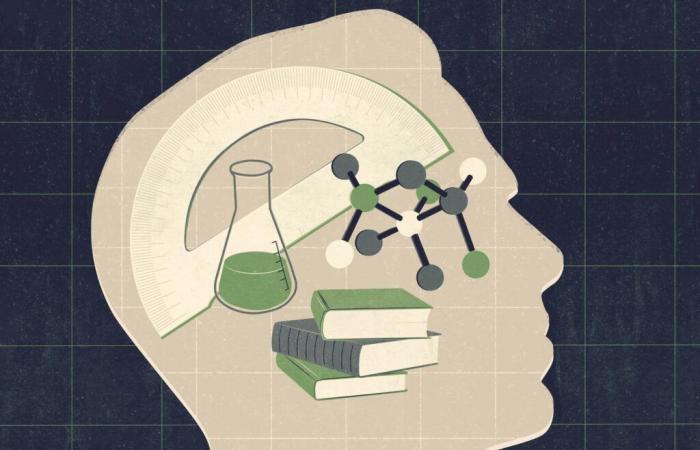Aattempts, terrorist attacks, natural disasters, the list of terrible events we face continues to grow. Disasters can threaten lives, cause economic losses and of course harm mental and physical health. The most common psychiatric condition experienced by disaster survivors is post-traumatic stress disorder (PTSD). It is defined as an acute reaction to a stressor, the duration and intensity of which may vary from one subject to another.
Read also | Article reserved for our subscribers New ways to treat post-traumatic stress disorder
Read later
PTSD has become an important issue due to the large number of traumatic events that have occurred in recent years, such as the wave of attacks in France in 2015 and 2016 or the devastating floods in the Alpes-Maritimes. While survivors’ physical injuries can be identified and treated immediately, mental health issues, such as those found in PTSD, are more invisible and carry the risk of being overlooked. This risk of neglect is even more true for the collateral victims of these traumas.
Indeed, in our modern societies, we are constantly informed of disasters of all kinds that occur all over the world. This creates indirect exposure to traumatic events for an extremely high number of people. This is why more and more researchers are now wondering about the presence of signs of PTSD not only in direct victims of a disaster, but also in the entire population indirectly exposed. , through the media, to these terrible events. This may be even more the case among adolescents and young adults.
Anxiety and depression
The war in Ukraine has unfortunately given rise to several recent research on this theme. Abanoub Riad and his colleagues from Masaryk University in the Czech Republic and the University of London subjected 591 Czech students to a set of standardized tests screening for anxiety and depression. The study demonstrates a moderate to severe level of anxiety and depression in all subjects, with a strong feeling of worry, more marked in women and in subjects heavily exposed to conflict through the media.
Additionally, the results clearly show that there is a positive correlation between social media use and higher levels of anxiety and depressive symptoms. The authors do not hesitate to conclude on the risk for mental health of this media exposure to the conflict.
You have 30.61% of this article left to read. The rest is reserved for subscribers.
Health






